Home>Furniture & Design>Bathroom Accessories>How Often To Change Toddler Toothbrush
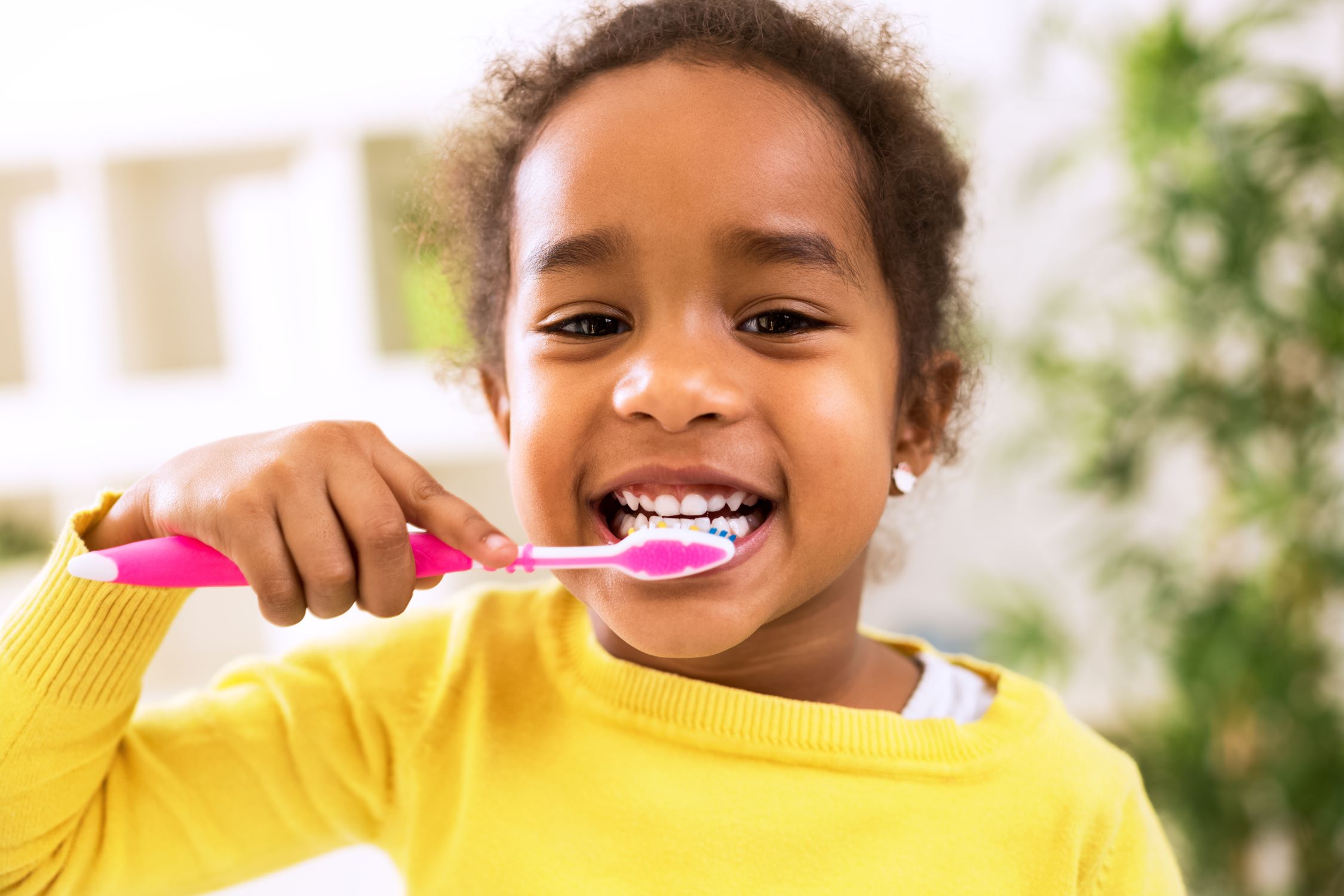

Bathroom Accessories
How Often To Change Toddler Toothbrush
Modified: August 27, 2024
Find out the best practices for changing your toddler's toothbrush and maintaining bathroom accessories for optimal oral hygiene. Keep your child's dental care routine on track.
(Many of the links in this article redirect to a specific reviewed product. Your purchase of these products through affiliate links helps to generate commission for Storables.com, at no extra cost. Learn more)
Introduction
Maintaining good oral hygiene for toddlers is crucial for their overall health and well-being. One essential aspect of this is ensuring that their toothbrush is clean and effective. As a parent or caregiver, it's important to understand the significance of regularly changing a toddler's toothbrush to promote optimal oral health.
Children's teeth and gums are delicate and require special attention to prevent dental issues such as cavities and gum disease. A clean and functional toothbrush is a fundamental tool in this preventive care routine. By understanding the signs indicating when it's time to change a toddler's toothbrush and the recommended frequency for doing so, you can ensure that your little one's oral hygiene is well-maintained.
In the following sections, we will explore the signs that indicate it's time to change a toddler's toothbrush, the recommended frequency for doing so, and valuable tips for maintaining your toddler's oral hygiene. By gaining insights into these aspects, you can effectively prioritize your toddler's dental care and contribute to their overall health and well-being.
Key Takeaways:
- Regularly change your toddler’s toothbrush every 3 to 4 months to keep their teeth and gums healthy. Look out for signs like bristle wear, bacterial buildup, illness, and sharing to know when it’s time for a new toothbrush.
- Help your toddler maintain good oral hygiene by supervising their brushing, using fluoride toothpaste, teaching proper technique, limiting sugary snacks, scheduling regular dental check-ups, encouraging healthy habits, and leading by example. These habits set the foundation for a lifetime of healthy dental practices.
Signs it's Time to Change the Toothbrush
Regularly inspecting your toddler's toothbrush is essential to ensure that it remains effective in maintaining their oral hygiene. Over time, toothbrushes can accumulate bacteria, wear down, and become less efficient in cleaning the teeth and gums. By being attentive to the following signs, you can determine when it's time to replace your toddler's toothbrush:
-
Bristle Wear: Examine the bristles of the toothbrush regularly. If you notice that the bristles are frayed, splayed, or worn out, it's a clear indication that the toothbrush is no longer as effective in cleaning. When the bristles lose their original shape and firmness, they are less capable of removing plaque and food particles from your toddler's teeth.
-
Bacterial Buildup: Even with proper rinsing and storage, bacteria can accumulate on the toothbrush over time. If you observe visible discoloration or notice an unpleasant odor on the bristles, it's a sign that bacteria have built up on the toothbrush. This can pose a risk of reintroducing harmful bacteria into your toddler's mouth, potentially leading to oral health issues.
-
Illness or Infection: If your toddler has been sick, particularly with an oral infection, it's crucial to replace their toothbrush once they have recovered. This helps prevent the reintroduction of bacteria or viruses that may have accumulated on the toothbrush during the illness, reducing the risk of reinfection.
-
Duration of Use: As a general guideline, it's recommended to replace your toddler's toothbrush every 3 to 4 months, regardless of visible wear. Over time, the bristles can become less effective, and the accumulation of bacteria may compromise its hygiene benefits.
-
Sharing the Toothbrush: If your toddler has been sharing their toothbrush with others, whether intentionally or accidentally, it's important to replace it promptly. Sharing toothbrushes can lead to the transfer of bacteria and germs, increasing the risk of oral health issues for both parties involved.
By remaining vigilant for these signs, you can ensure that your toddler's toothbrush remains a reliable tool for maintaining their oral hygiene. Regularly replacing their toothbrush when necessary is a simple yet impactful way to safeguard their dental health and contribute to their overall well-being.
Frequency of Changing Toddler Toothbrush
Maintaining a consistent schedule for changing your toddler's toothbrush is essential for promoting optimal oral hygiene. The frequency of replacing their toothbrush is influenced by various factors, all of which contribute to ensuring that their dental care remains effective and hygienic.
As a general guideline, it is recommended to replace your toddler's toothbrush every 3 to 4 months. This timeframe accounts for the wear and tear that naturally occurs with regular use. Even if the toothbrush appears to be in good condition, the bristles may have become less effective at removing plaque and food particles from your toddler's teeth. Additionally, bacteria can accumulate on the toothbrush over time, potentially compromising its hygiene benefits.
It's important to note that the 3 to 4-month timeframe is a guideline, and there are instances where more frequent replacement may be necessary. For example, if your toddler has been ill, particularly with an oral infection, it's crucial to replace their toothbrush once they have recovered. This precaution helps prevent the reintroduction of bacteria or viruses that may have accumulated on the toothbrush during the illness, reducing the risk of reinfection.
Furthermore, if you notice visible wear on the bristles, such as fraying or splaying, it's advisable to replace the toothbrush promptly, regardless of the elapsed time. Worn-out bristles are less effective at cleaning the teeth and gums, and using such a toothbrush may compromise your toddler's oral hygiene.
In households with multiple children, it's important to ensure that each child has their own toothbrush and that they do not share them. If sharing occurs, it's crucial to replace the toothbrushes involved to prevent the transfer of bacteria and germs between the children.
By adhering to a regular schedule for changing your toddler's toothbrush and being attentive to the specific circumstances that may necessitate more immediate replacement, you can effectively prioritize their oral hygiene. This proactive approach contributes to maintaining their dental health and reduces the risk of oral health issues.
Ensuring that your toddler's toothbrush is consistently replaced at the appropriate intervals is a simple yet impactful aspect of their overall dental care routine. By staying mindful of the recommended frequency for changing their toothbrush and being responsive to specific situations that warrant prompt replacement, you can actively contribute to their oral health and well-being.
Tips for Maintaining Toddler's Oral Hygiene
Ensuring your toddler's oral hygiene is well-maintained goes beyond just changing their toothbrush regularly. It involves a holistic approach that encompasses various aspects of dental care and habits. By incorporating the following tips into your toddler's oral hygiene routine, you can promote their dental health and instill positive habits that will benefit them in the long run.
1. Supervise Brushing
Supervising your toddler's brushing routine is crucial to ensure that they are effectively cleaning their teeth. Children may not have the dexterity to brush thoroughly on their own, so it's important for parents or caregivers to oversee the process. Encourage gentle and thorough brushing, covering all tooth surfaces and the gum line.
2. Use Fluoride Toothpaste
Using fluoride toothpaste is essential for preventing tooth decay and strengthening the enamel. When choosing a toothpaste for your toddler, opt for one that is specifically formulated for their age group and contains an appropriate fluoride concentration. Use a pea-sized amount of toothpaste to minimize swallowing.
3. Teach Proper Technique
Teach your toddler the correct brushing technique, emphasizing gentle circular motions and ensuring that they reach all areas of their mouth. Additionally, introduce them to the importance of brushing for at least two minutes during each session.
4. Limit Sugary Snacks and Drinks
Reducing your toddler's consumption of sugary snacks and drinks can significantly contribute to their oral health. Excessive sugar intake can lead to tooth decay, so it's important to encourage a balanced diet and limit sugary treats, especially before bedtime.
5. Regular Dental Check-ups
Scheduling regular dental check-ups for your toddler is essential for monitoring their oral health and addressing any concerns early on. A pediatric dentist can provide valuable guidance on maintaining your toddler's oral hygiene and address any developmental or dental issues.
6. Encourage Healthy Habits
In addition to brushing, encourage healthy habits such as flossing, using age-appropriate mouthwash, and drinking water after meals. These practices contribute to comprehensive oral hygiene and instill positive habits from an early age.
7. Lead by Example
Children often learn by observing and imitating adults. By demonstrating good oral hygiene practices yourself, such as regular brushing and flossing, you can set a positive example for your toddler and reinforce the importance of maintaining oral health.
By incorporating these tips into your toddler's oral hygiene routine, you can actively contribute to their dental health and instill positive habits that will benefit them as they grow. Prioritizing their oral hygiene from an early age sets the foundation for a lifetime of healthy dental habits and contributes to their overall well-being.
Conclusion
Maintaining a toddler's oral hygiene is a vital aspect of their overall well-being, and the condition of their toothbrush plays a significant role in this endeavor. By recognizing the signs indicating when it's time to change a toddler's toothbrush and understanding the recommended frequency for doing so, parents and caregivers can actively contribute to their child's dental health.
Regularly inspecting the toddler's toothbrush for signs of wear, bacterial buildup, and duration of use provides valuable insights into its effectiveness. The guidelines of replacing the toothbrush every 3 to 4 months serve as a proactive measure to ensure optimal oral hygiene. Additionally, being attentive to specific circumstances, such as illness or sharing of toothbrushes, allows for prompt replacement when necessary.
Incorporating a holistic approach to maintaining a toddler's oral hygiene involves not only regular toothbrush replacement but also supervising their brushing routine, using fluoride toothpaste, teaching proper brushing techniques, and encouraging healthy habits. These practices contribute to instilling positive dental habits from an early age and promoting long-term oral health.
By prioritizing a toddler's oral hygiene and implementing these valuable tips, parents and caregivers can actively contribute to their child's dental health and overall well-being. The proactive approach to maintaining oral hygiene sets the foundation for a lifetime of healthy dental habits, reducing the risk of oral health issues and instilling positive habits that will benefit the child as they grow.
In conclusion, the significance of regularly changing a toddler's toothbrush cannot be overstated. By remaining attentive to the signs indicating the need for replacement and adhering to the recommended frequency, parents and caregivers play a pivotal role in safeguarding their child's oral health. This proactive approach, coupled with comprehensive oral hygiene practices, contributes to the child's overall well-being and sets the stage for a lifetime of healthy dental habits.
Frequently Asked Questions about How Often To Change Toddler Toothbrush
Was this page helpful?
At Storables.com, we guarantee accurate and reliable information. Our content, validated by Expert Board Contributors, is crafted following stringent Editorial Policies. We're committed to providing you with well-researched, expert-backed insights for all your informational needs.
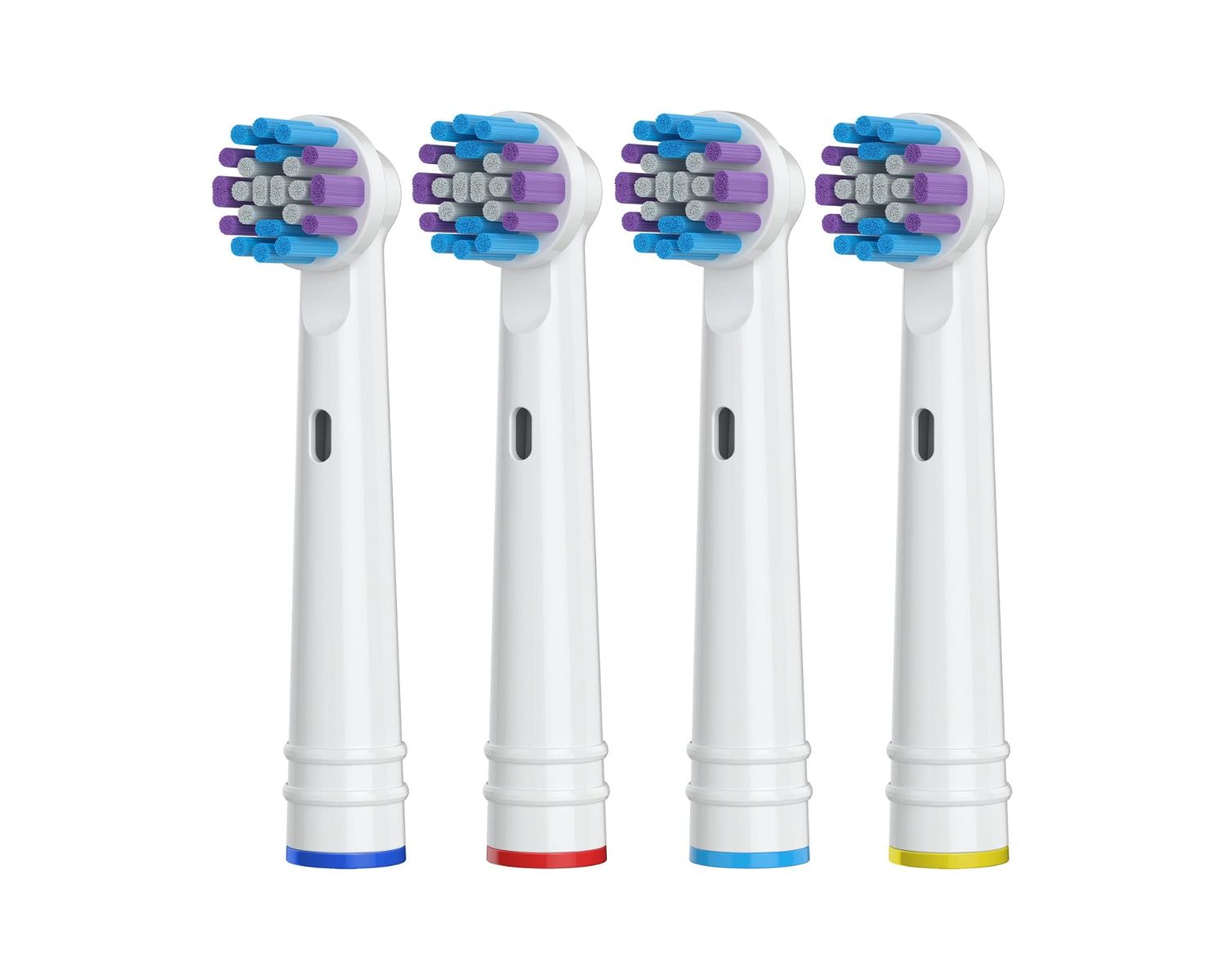
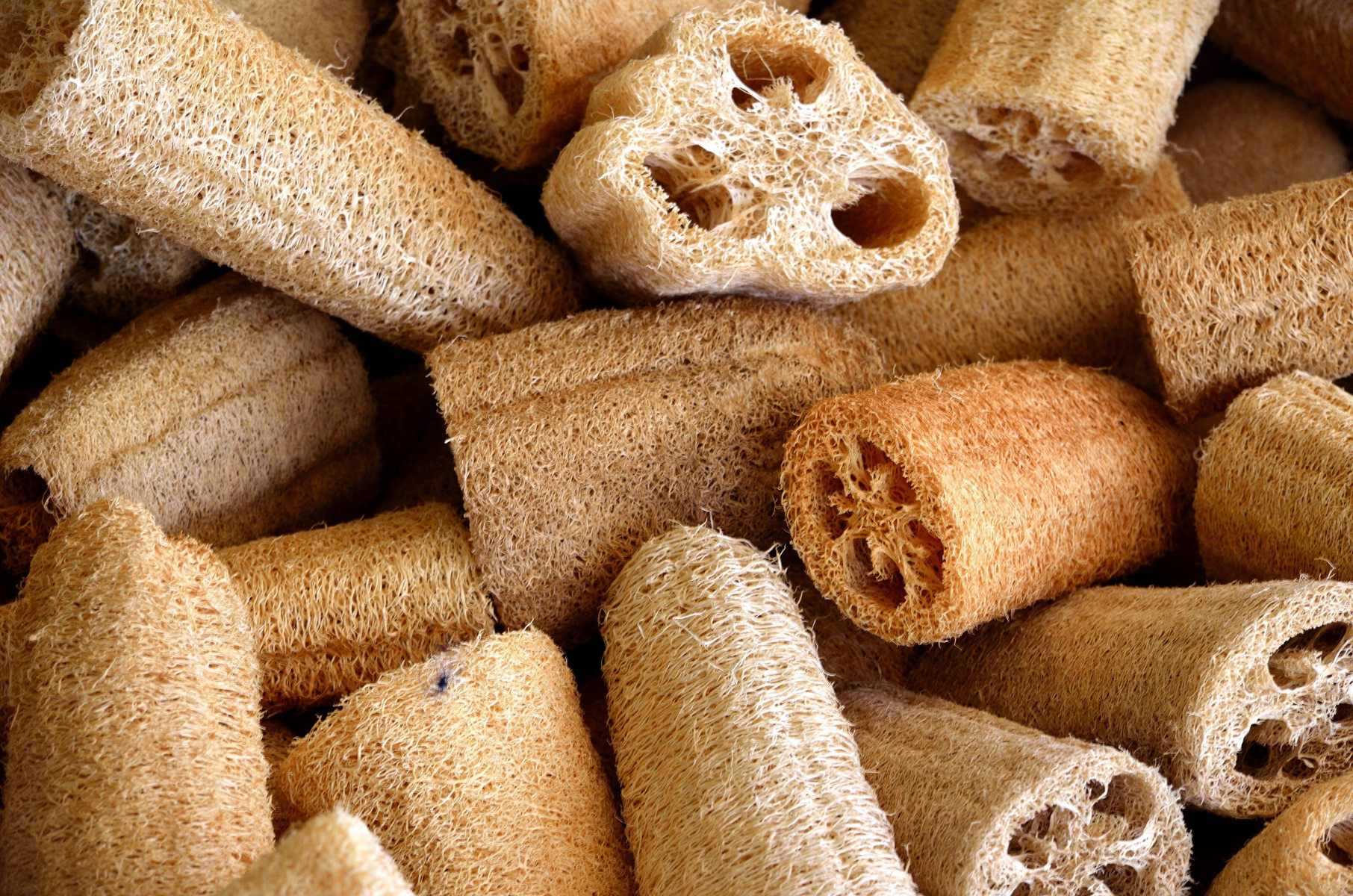
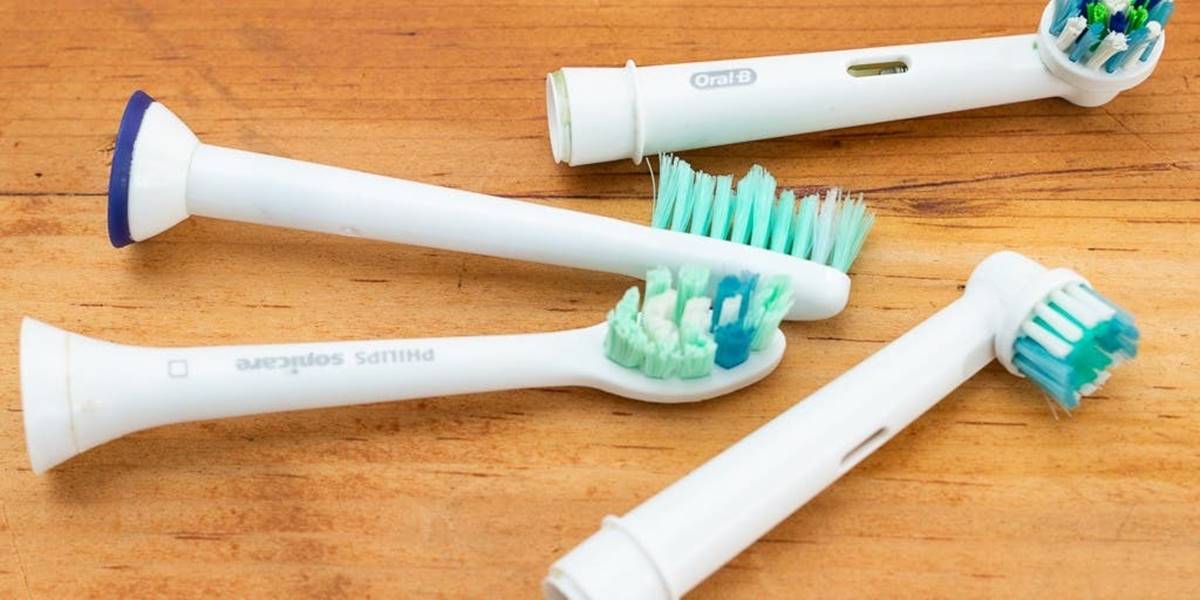
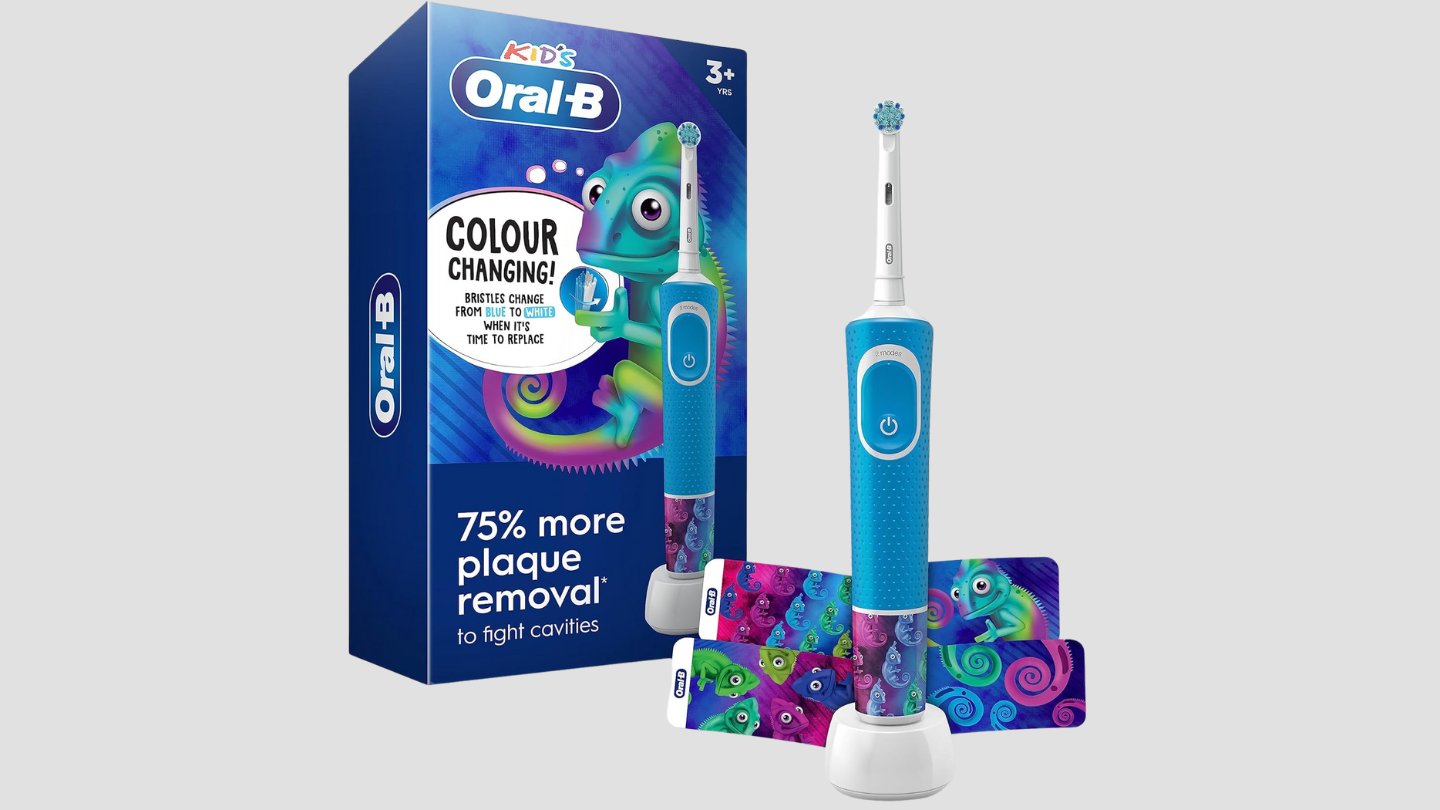
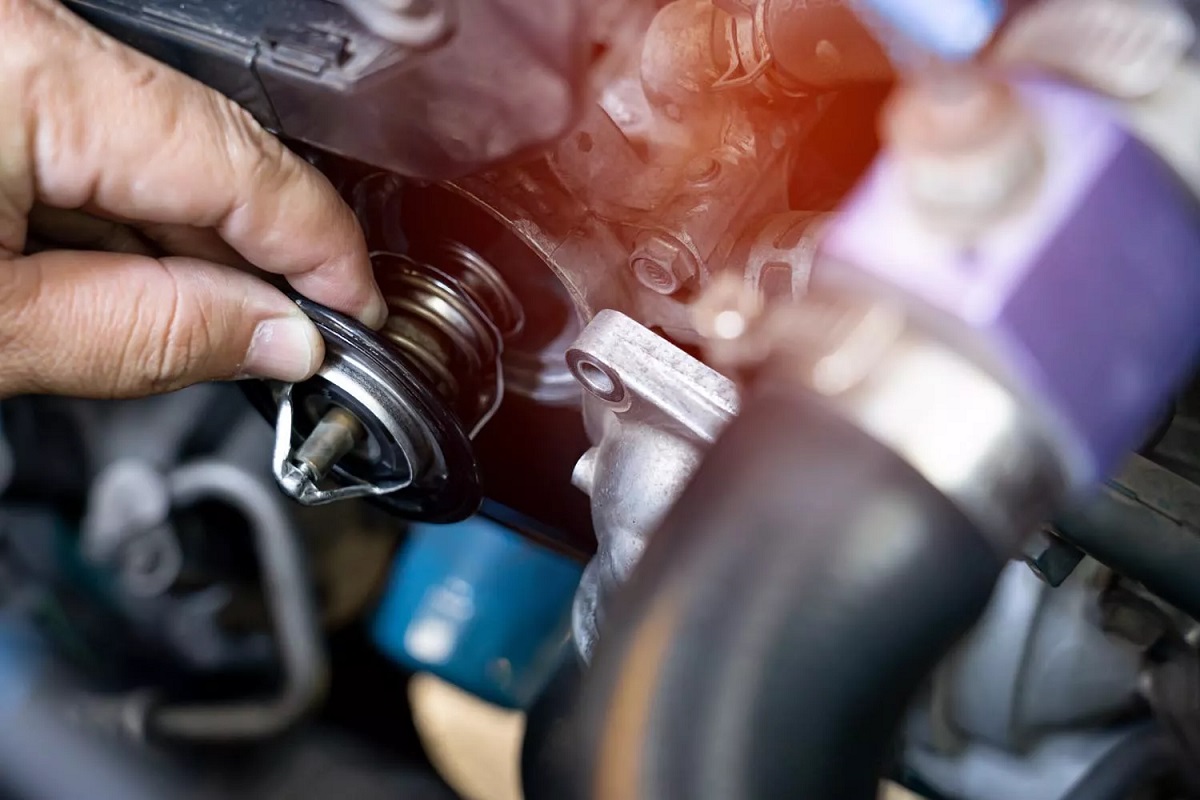
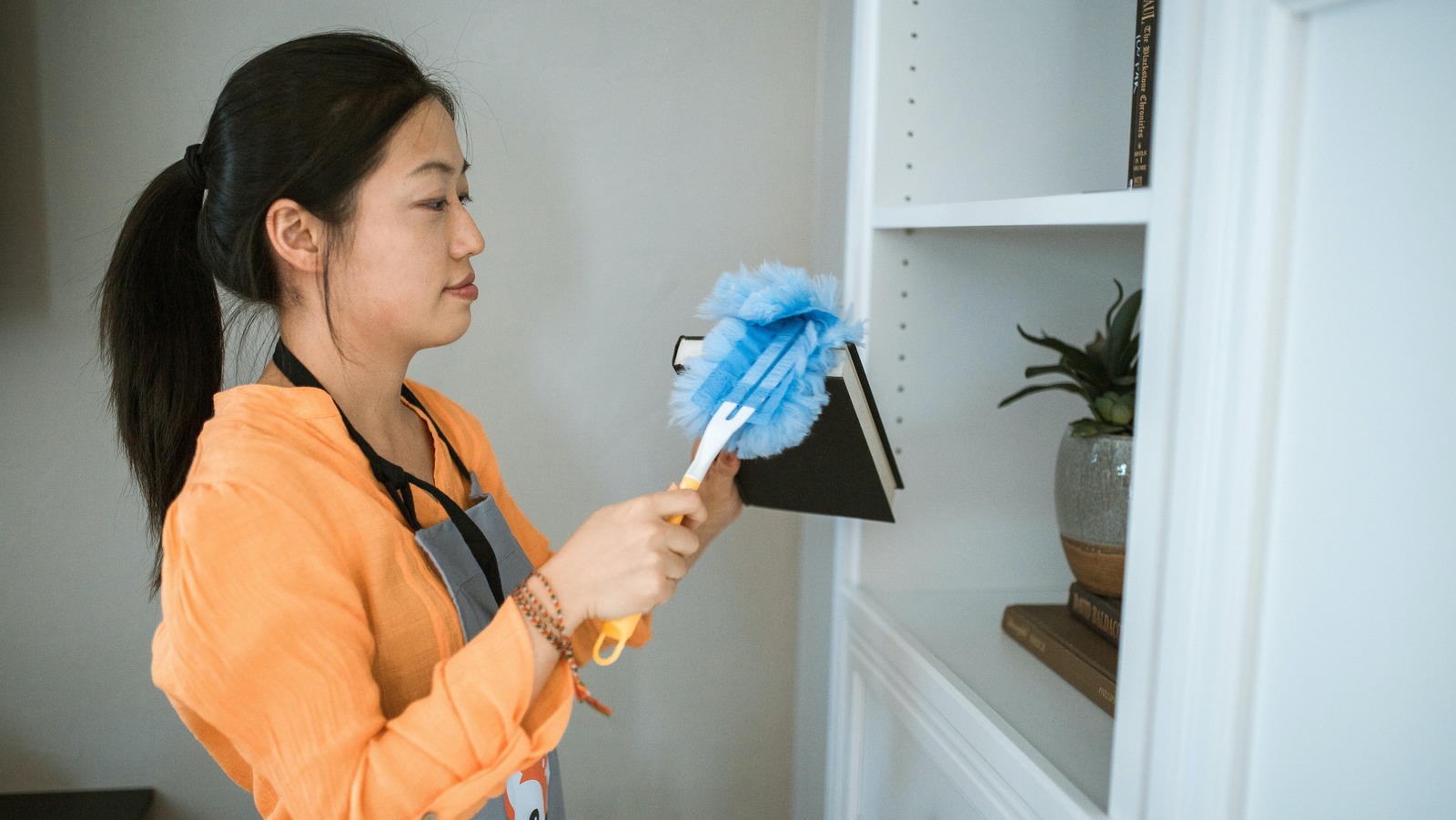
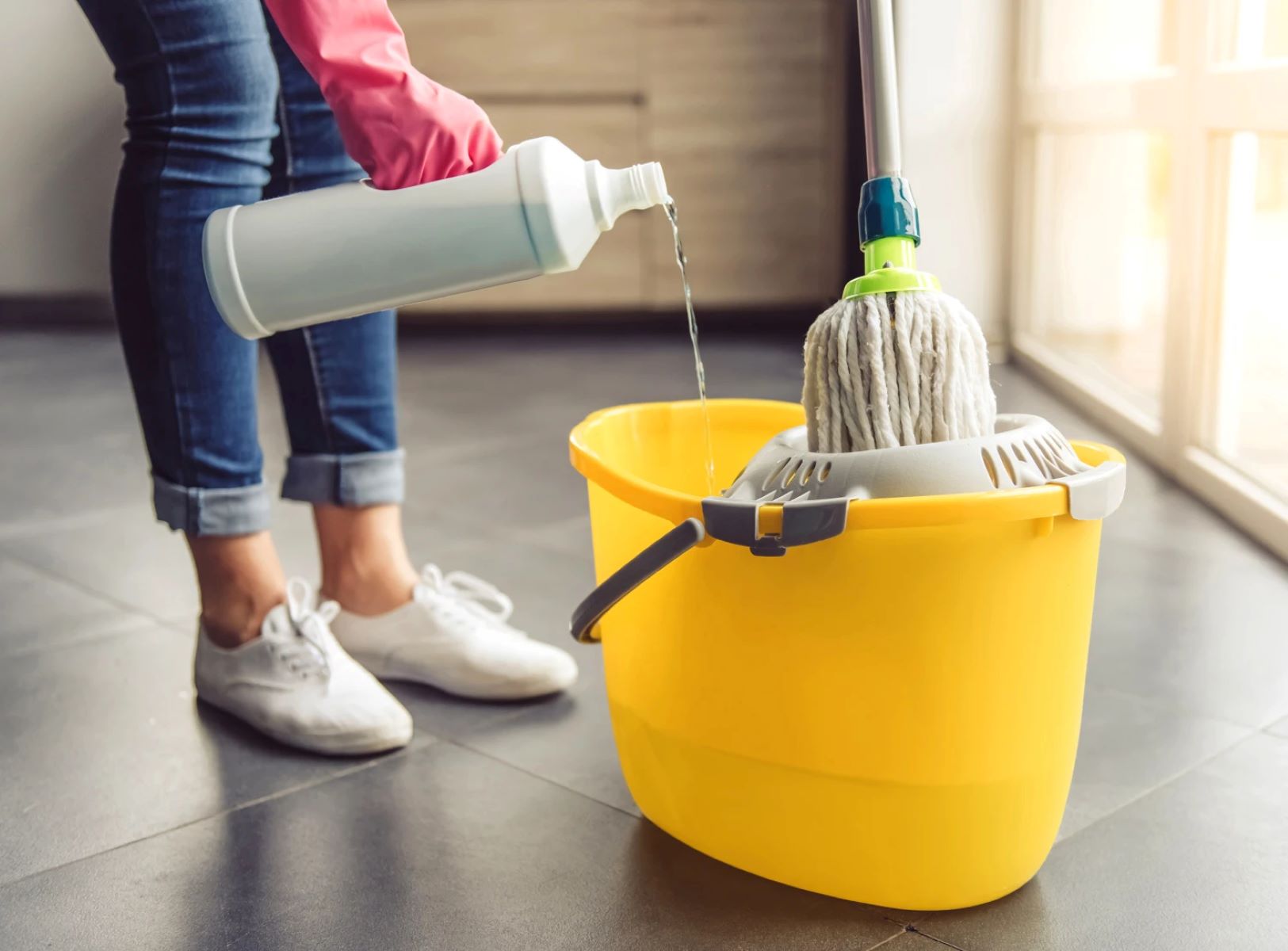
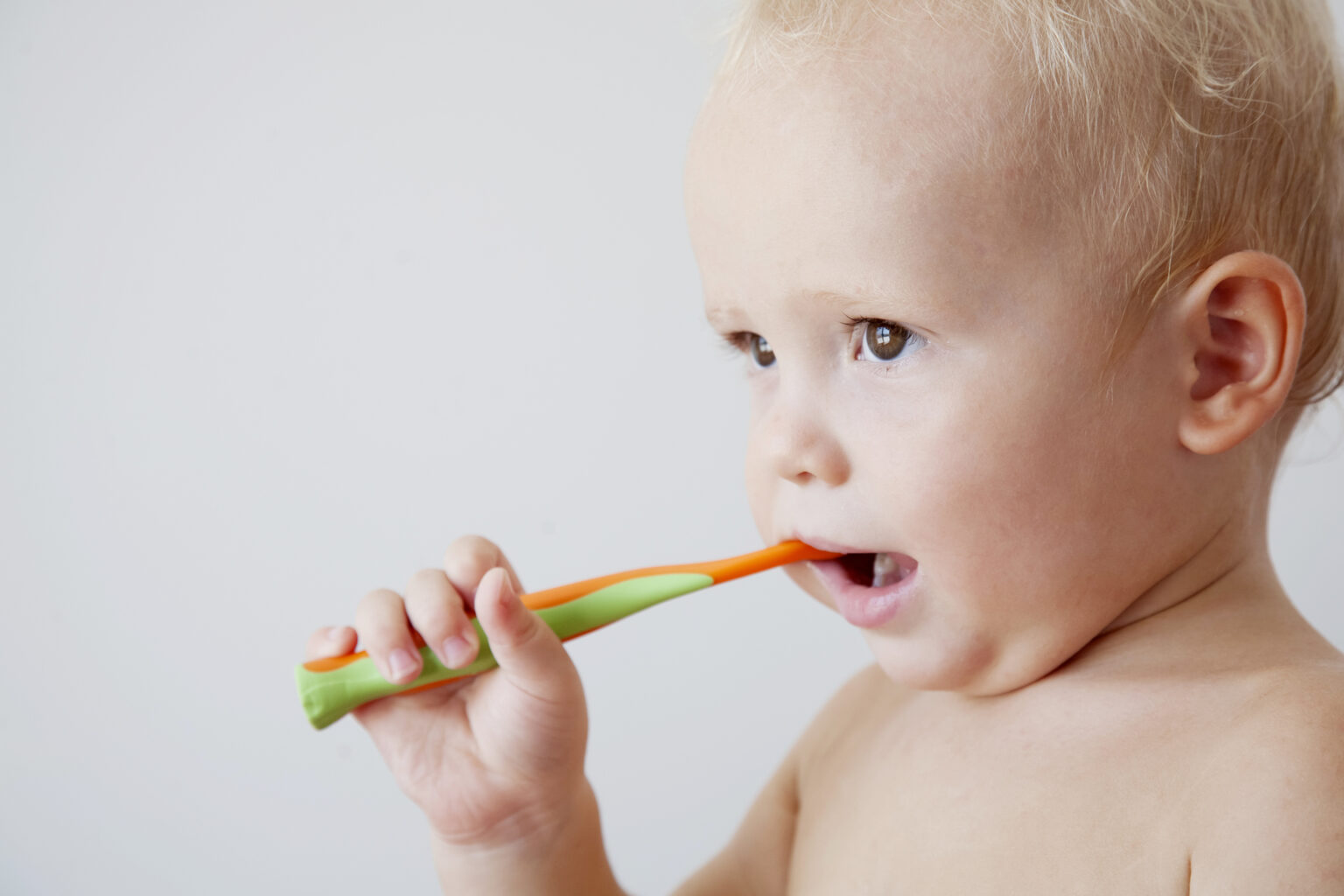
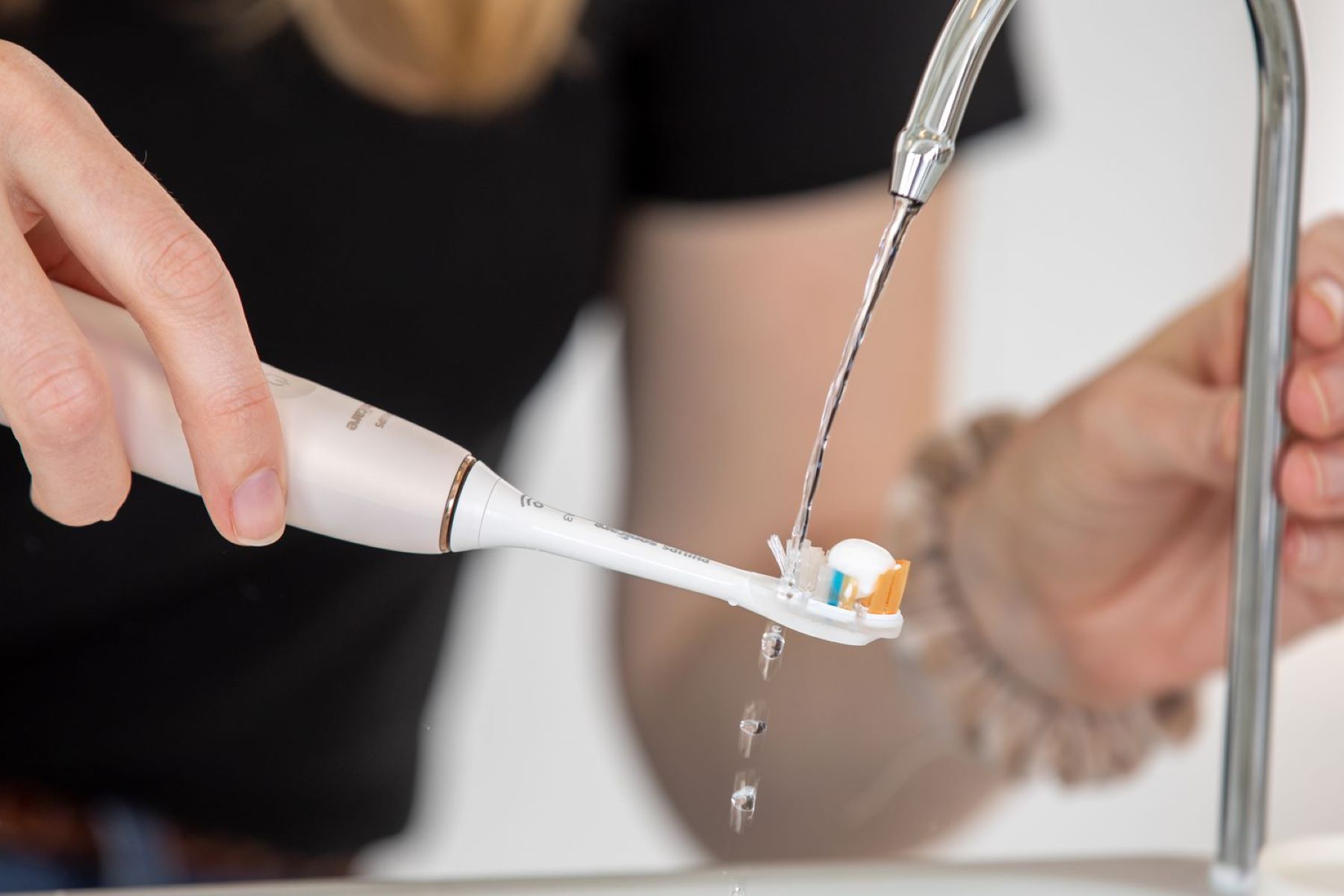

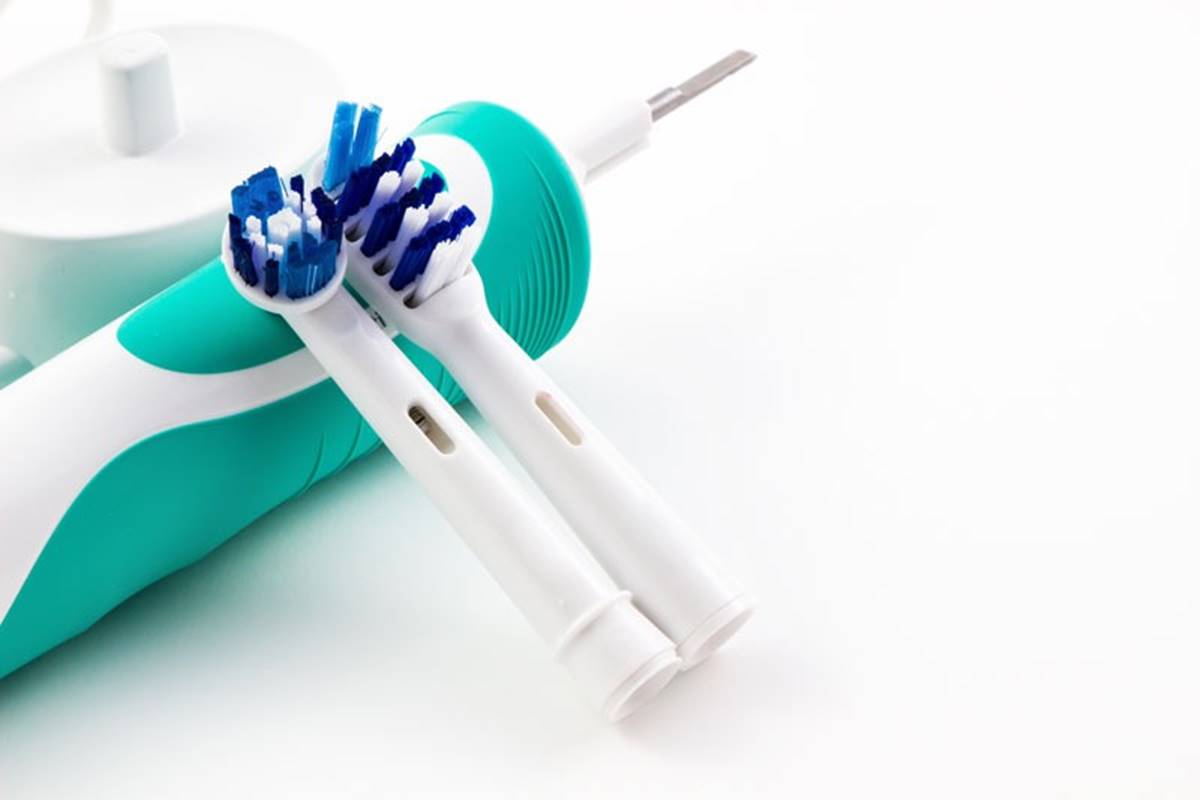
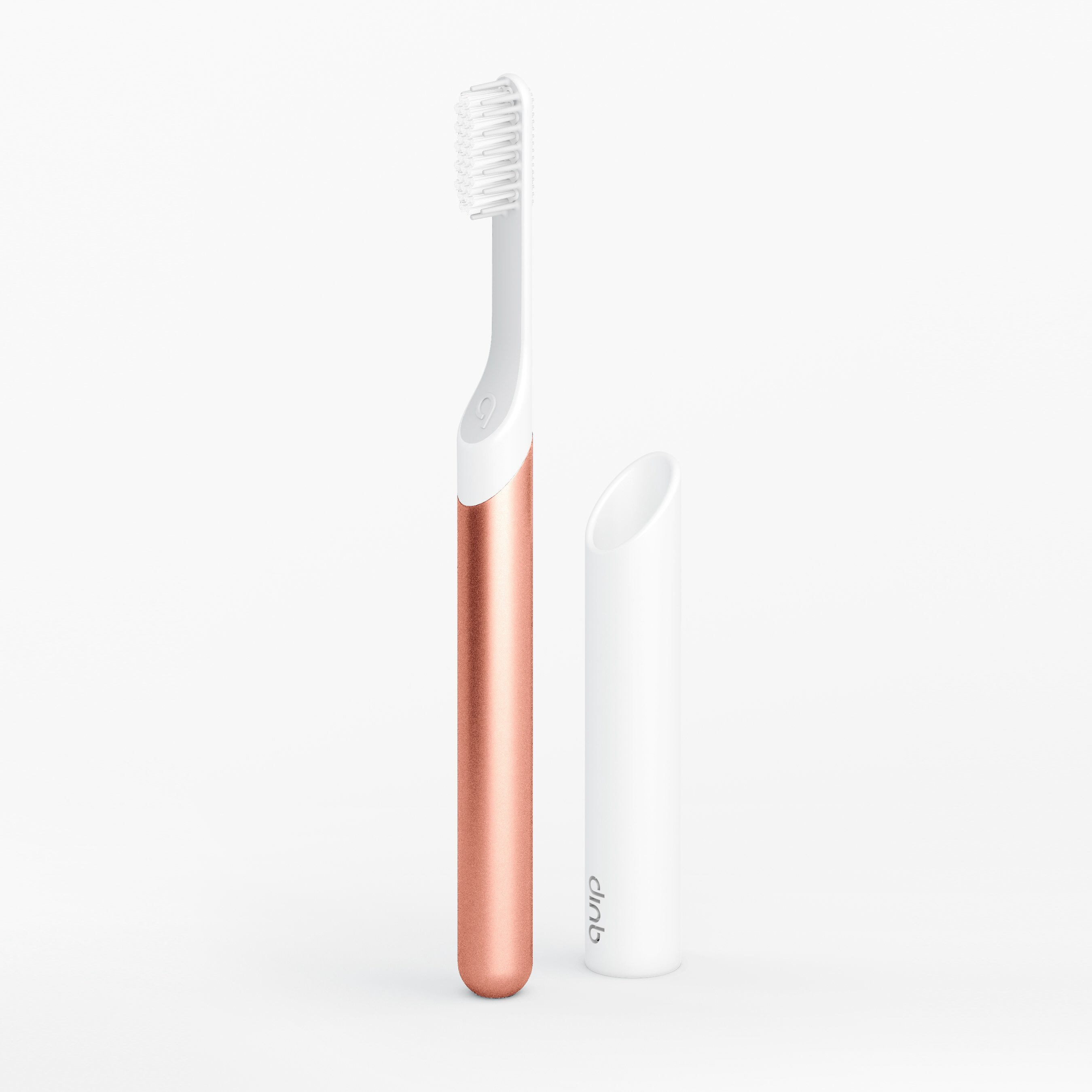
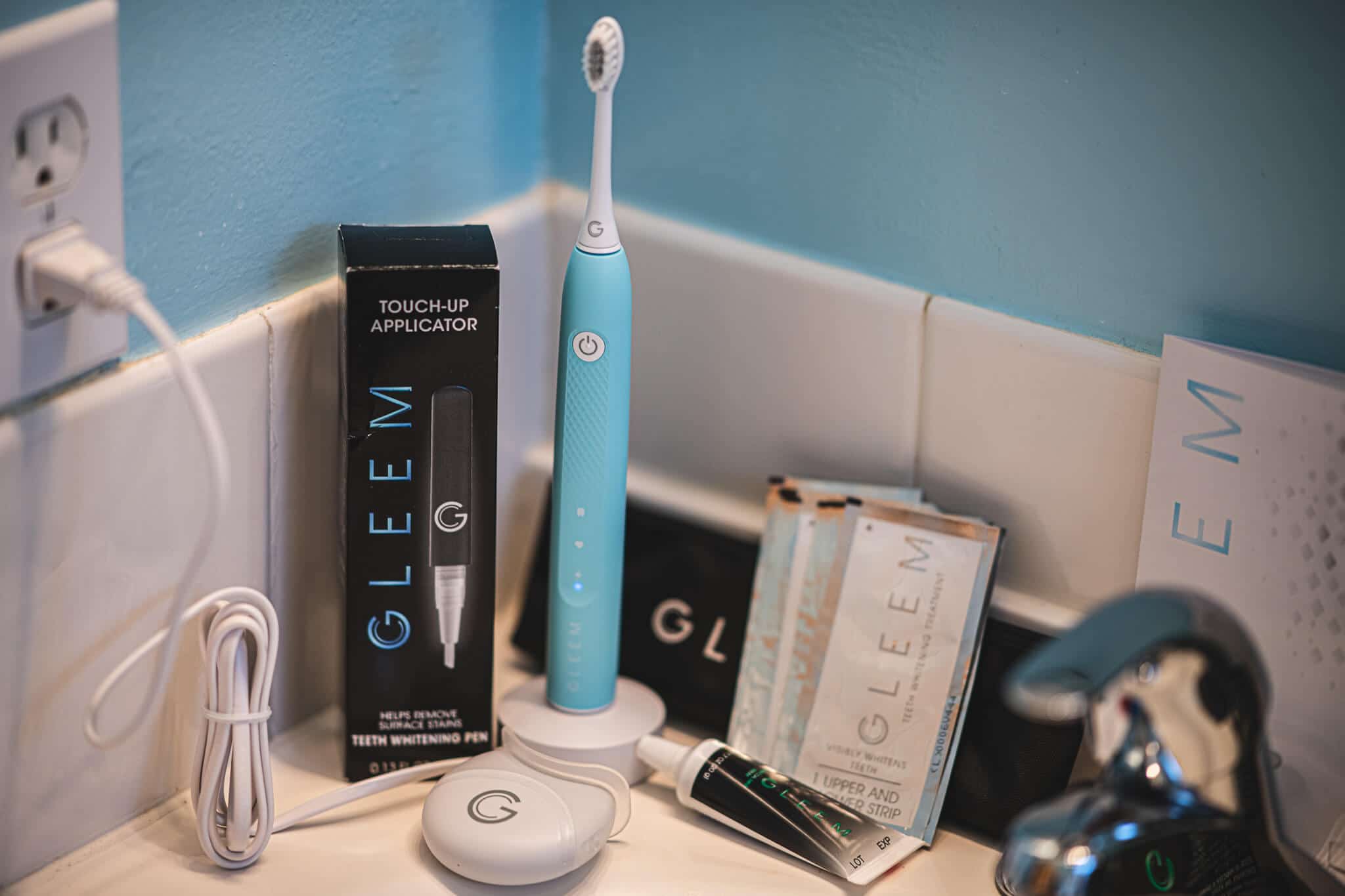

0 thoughts on “How Often To Change Toddler Toothbrush”